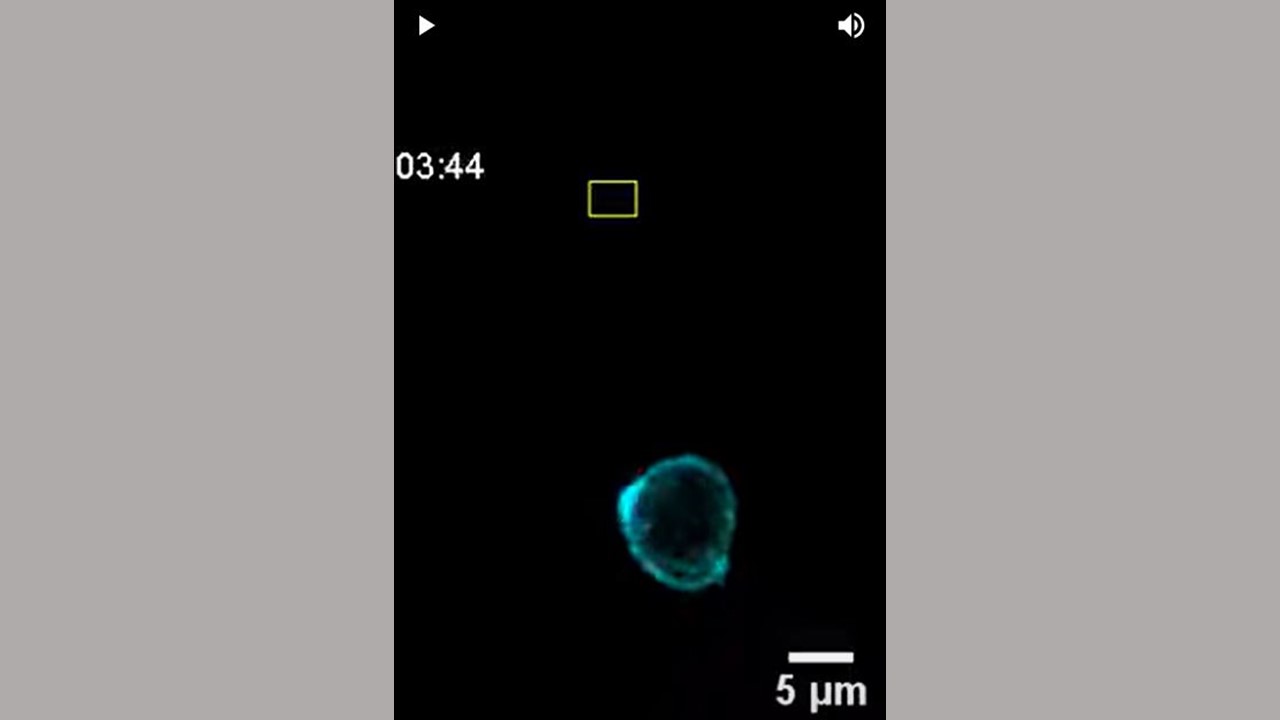Johns Hopkins Medicine Scientists Engineer Immune Cells to Follow the Light
07/12/2023

The immune system’s ability to send its army of immune cells to the right location with the right level of response is key to the body’s ability to fight an infection or a growing tumor. An incorrect immune response, either too much or too little, can lead to cancer, autoimmune disease or inflammatory conditions, such as asthma, skin diseases and digestive disorders.
Now, Johns Hopkins Medicine scientists have designed a blue light-guided system to steer immune cells, a tool that could potentially be used to guide immune cells to the location of an infection or a developing cancer. The researchers reported their findings in the journal Developmental Cell.
To steer immune cells, the scientists genetically engineered human neutrophils, a type of white blood cell that fights infections, and macrophages, immune cells that engulf and absorb foreign, dead or damaged cells.
They engineered the cells to produce cryptochrome, a flavonoid compound found in many plants, which is activated by blue light. When scientists shined the blue light in laboratory dishes containing the immune cells, the light triggered a cascade of molecular signals and growth factors inside the cell, including Ras and AKT proteins.
With the changes to signals and growth factors in the immune cells, the scientists also found alterations to the immune cell’s cytoskeleton (a type of scaffolding that gives cells their shape) and its polarity (the cell’s shape and organization of intracellular materials). Within minutes, the immune cells were following and moving toward the blue light source.
The Johns Hopkins team, led by scientists Peter Devreotes, Ph.D., and Dhiman Pal, Ph.D., say they believe this is the first evidence that Ras and AKT proteins, typically known for promoting cell growth, could have such a direct effect on the cytoskeleton and polarity in immune cells.
The scientists envision that such light-powered technology could refine antipathogen and anticancer treatments by guiding immune cells directly to the infection or cancer source.
DOI: 10.1016/j.devcel.2023.04.019
